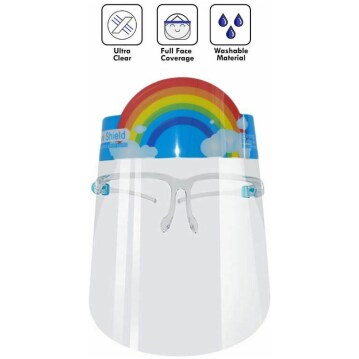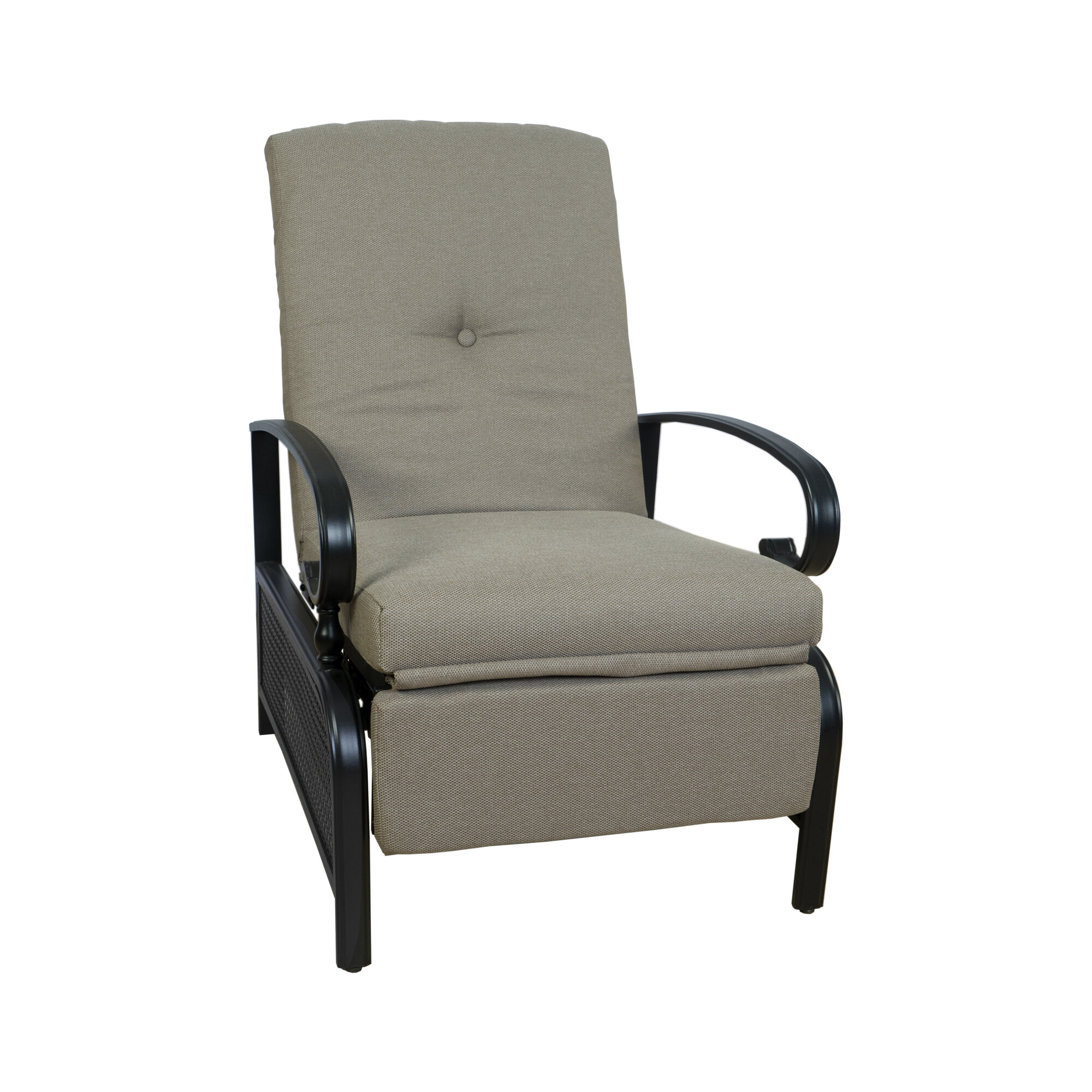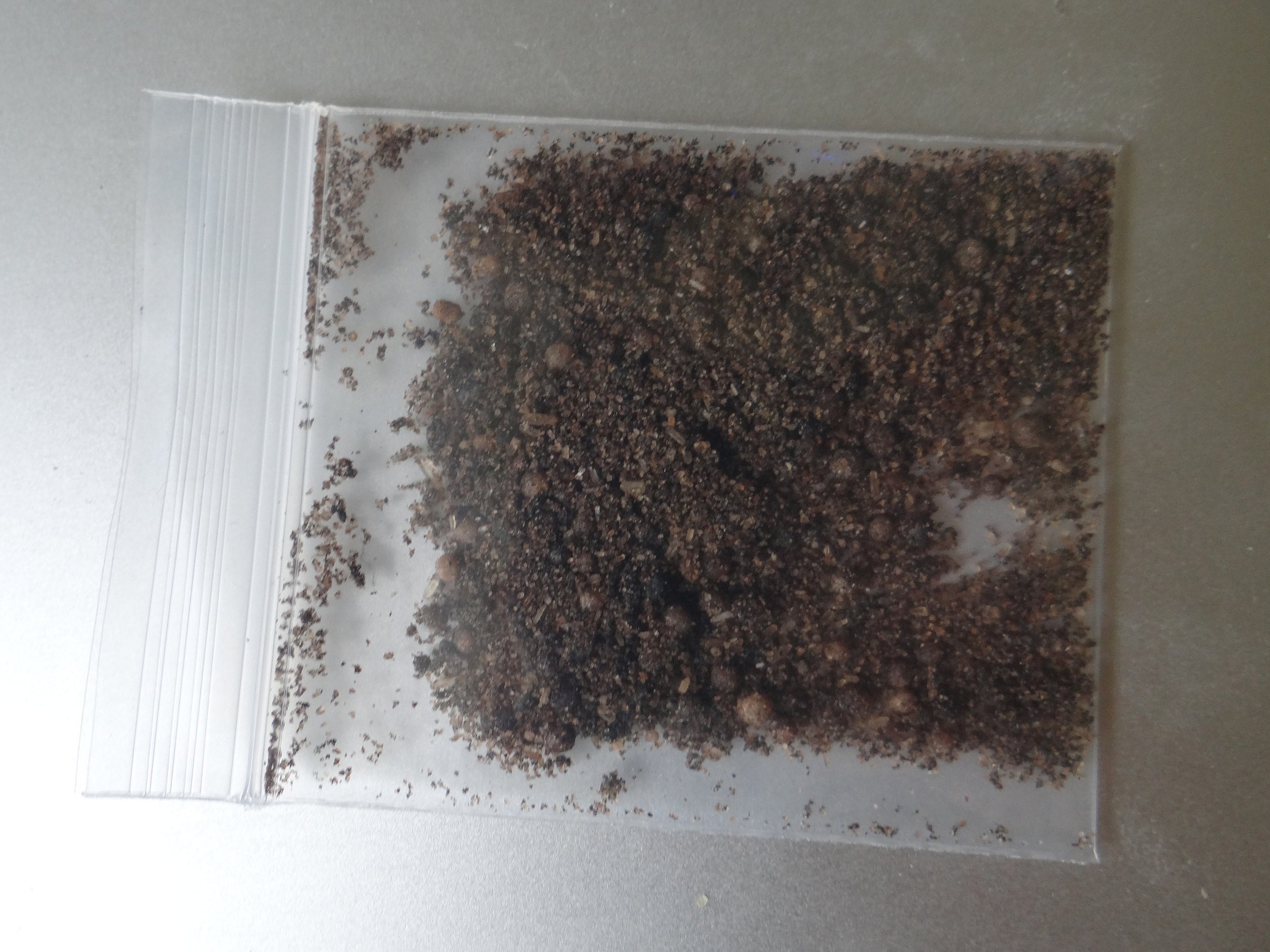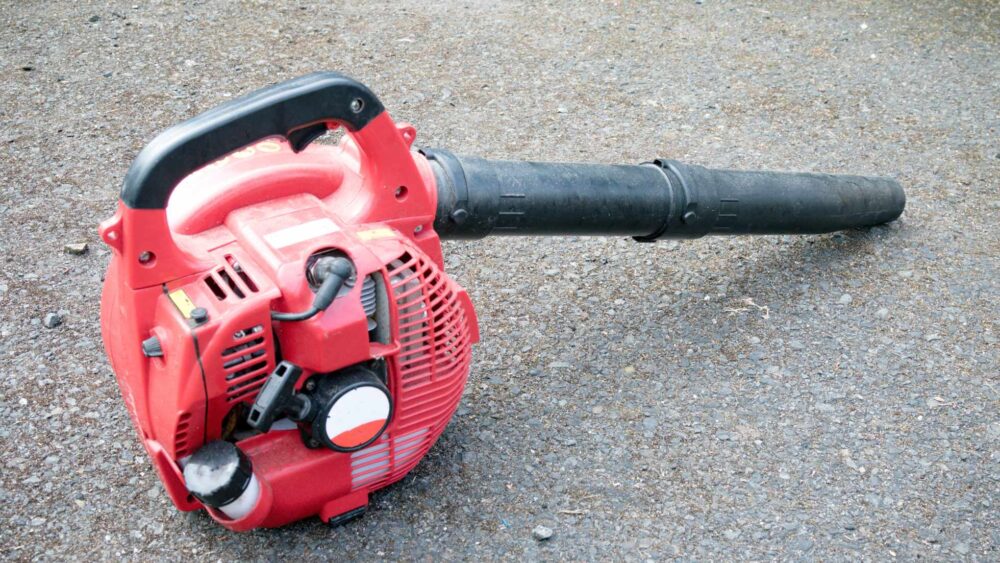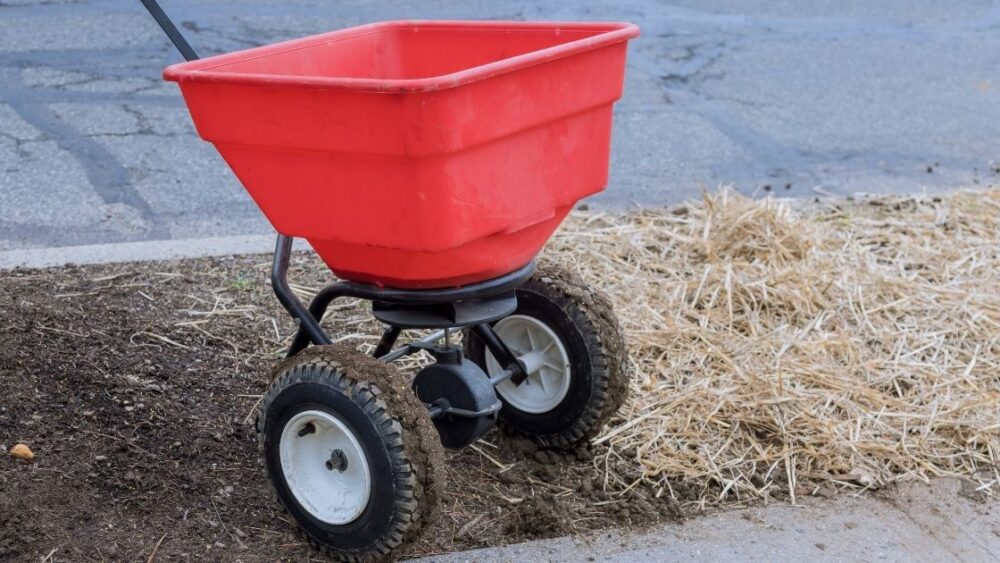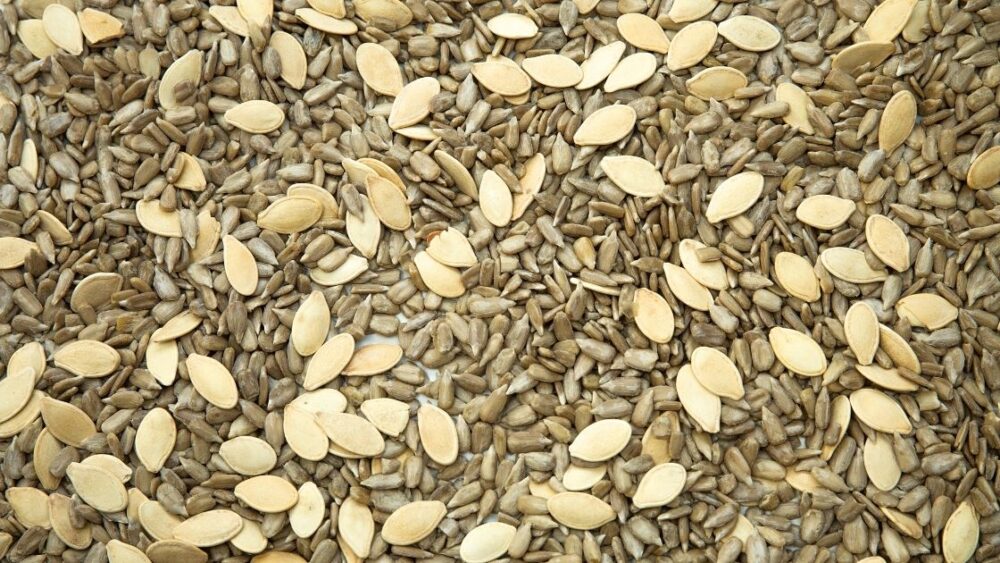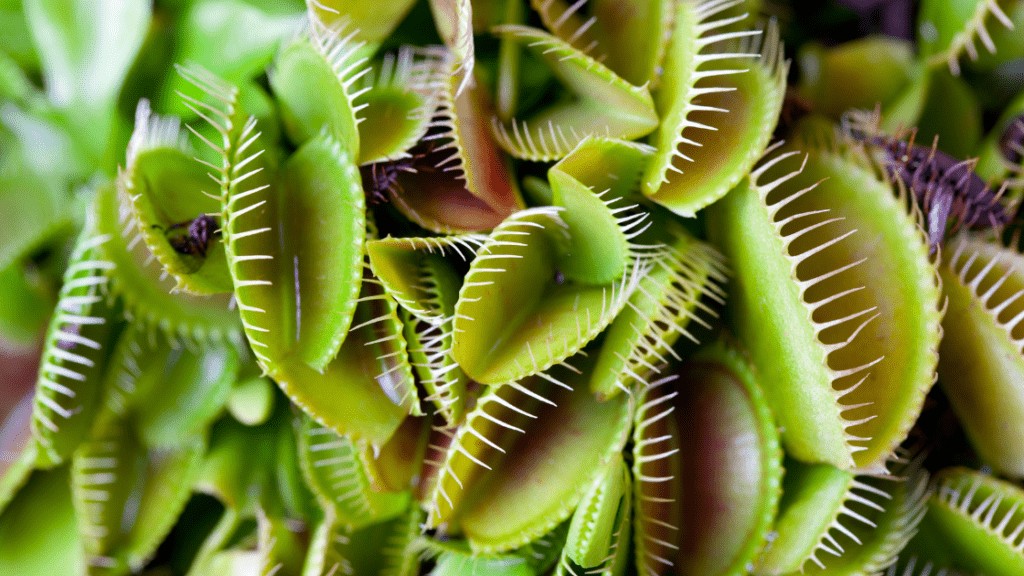
The Venus flytrap (Dionaea Muscipula) requires little introduction – even people who don’t have any interest in botany or gardening are usually aware that this fascinating carnivorous plant exists.
Apart from being probably the most interesting insectivorous plant in the world, it’s also one of the easiest carnivorous plants to take care of. Given proper lighting, humidity and a dormancy period during the winter, the plant can survive and continue to grow for at least a decade. In this article, we’ll go more in depth into the ideal growth conditions of this plant, how to feed it, propagate it and care for it long-term.
Venus Flytrap – Description And Habitat
Of all the commonly cultivated carnivorous plants, the Venus flytrap has the most sophisticated insect-capturing mechanism. The lobes of the trap are triggered by stimulation of the sensitive hairs found on each lobe.
Browse our Affiliate Products
The trap has mechanisms in place to avoid accidental closure – the hairs have to be touched at least two consecutive times with a short pause in-between in order to trigger the trap.
Once the trap is closed and the insect is trapped, further stimulation of the hairs by the panicked insect is required, which is why giving dead insects to the plant will not work, unless the lobes are squished together manually after they close. We’ll go into this in more depth in the ‘feeding’ section of this article.
Where Are They Commonly Found?
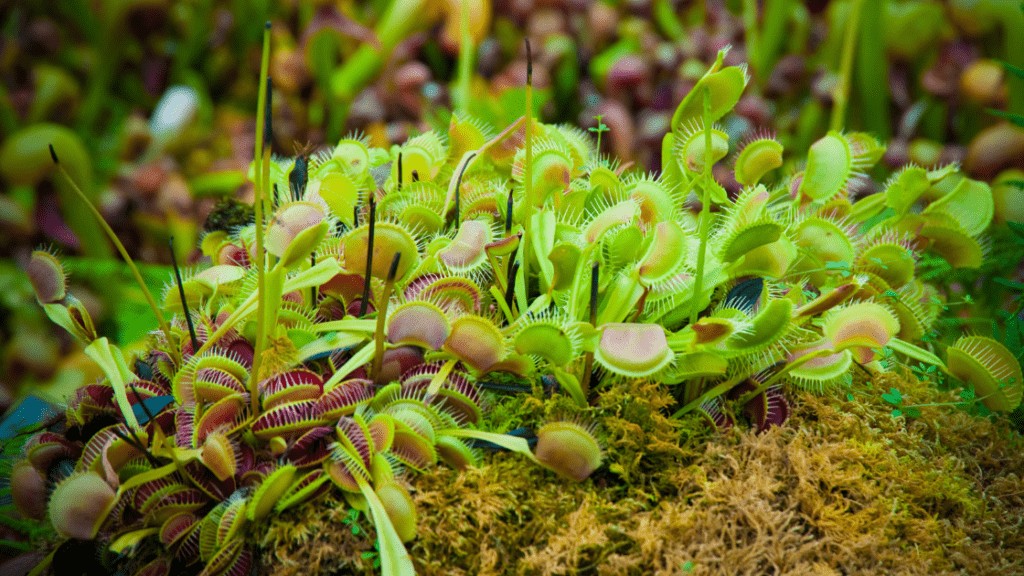
In the wild, the Venus flytrap is only found in South Carolina. Unfortunately, many of the known habitat sites of this plant have now been destroyed. As of 2019, there are still around 300,000 individual plants still remaining in the wild, most of them concentrated in only around 20 sites.
During the last 20 years, the wild population of this plant has declined by around 20-fold. Still, there are a large number of indoor plants successfully cultivated and propagated by hobbyists.
Amazon has a good selection of Venus flytraps as seen below.
Why Do They Have ‘Venus’ In Their Name?
The Venus flytrap is named after the goddess of beauty and its name likely has nothing to do with the planet Venus.
The name is somewhat random in origin – although the flowers of the Venus flytrap are indeed pretty, they aren’t really that eye-catching and are quite small.
Is The Venus Fly Trap A Succulents?
The Venus Flytrap is a tropical plant that does not tolerate drought – it is therefore not a succulent.
Succulents are plants that have thick, meaty leaves or stems, designed to store water in order to deal with long periods of drought.
How Big Do They Get?
When grown from seed, the plant takes around 4 years to reach full size, which means traps that are around 1.5 inches long with total leaf length of around 6 inches.
Because the plant reaches maturity so slowly, propagating it by seed is not practical for most indoor gardening hobbyists. Instead, leaf pullings are more commonly used – we’ll go more in depth into this later.
Other Venus Flytrap Variations
Although there is one species of Venus flytrap, they have been cultivated to have different variations, such as height, width, and different appearances of the trap, as well as leaves. Some popular and interesting variations are,
- Dionaea “Fused tooth”
- Dionaea “Big Mouth”
- Dionaea “B-52”
- Dionaea “King Henry”
- Dionaea “Red Dragon”
- Dionaea “Werewolf”
- and so on…
While this is list long, it just depends on the look that is most appealing to your application. Although they may look slightly different, the care and culture of these flytraps are the same.
Ideal Growing Conditions and Propagation of a Venus Flytrap
The Venus flytrap is relatively easy to care for. However, just like most other carnivorous plants, propagation and re-growth takes a long time, which means that if you accidentally kill the plant, you have no practical methods of reviving it quickly.
This reduces the room for error, so it’s best to familiarize yourself well with the optimum growing conditions of this plant and try to match them as closely as you can.
Do They Do Better Indoors or Outdoors?
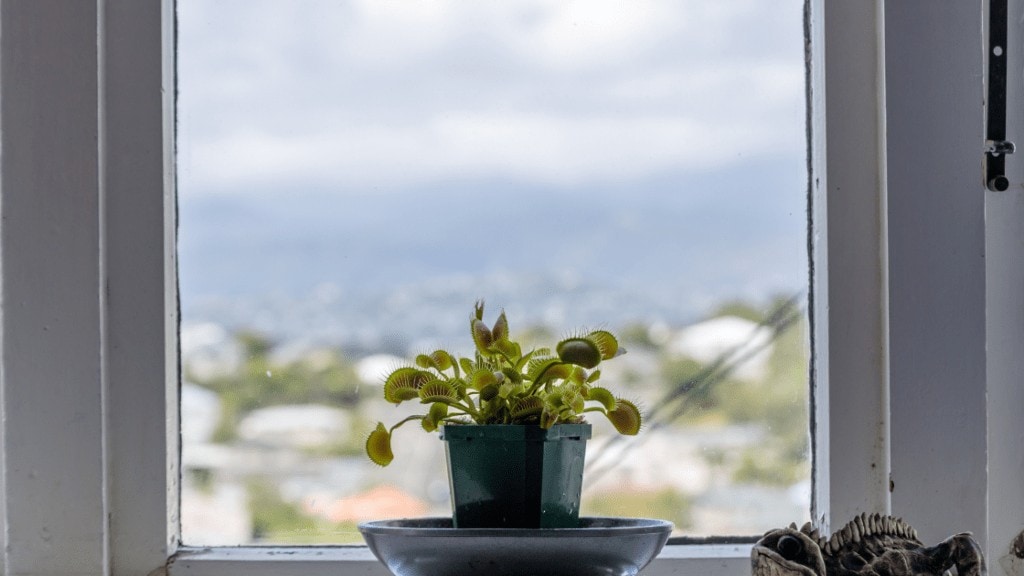
Venus flytraps do best indoors on a sunny windowsill. This allows you to better control the growing conditions, filters the sunlight and prevents any accidental damage to the plant from rain, birds and other outdoor hazards.
Placing a newly-purchased plant outdoors in direct sunlight may lead to a lot of problems. Although in the wild, flytraps grow in direct sunlight, they have been acclimatized to those conditions and the surrounding peat moss bed provides a high ambient humidity and lower temperatures.
If you’re set on placing your Venus flytrap outside during the summer, it’s best to gradually acclimatize it or provide at least some shading.
How Much Sun Do They Need?
Flytraps like bright light. Although the plant consumes insect protein, it still photosynthesizes and manufactures sugars, just like all other plants.
A bright windowsill is the perfect location for a Venus flytrap, but considering how small the plants are, they can be easily grown under low-power artificial LED lights as well. Small, 9-watt bulb-type grow LED lights work well when placed a foot or so from the plant.
If you use artificial lighting, a timer should be used and during the winter dormancy period, a windowsill is still much more suitable.
Soil Requirements
Like all insectivorous plants, the Venus flytrap requires a nutrient-free medium composed of equal parts peat moss and perlite.
Repotting the plant in general purpose potting soil will kill it very quickly and so will watering with highly-mineralized water. For more information, click here to read about soils, What Are The BEST Potting Soils for Every Type of Plant?
Is Feeding Recommended, How and When Should You Do It?
Unlike drosera and other carnivorous plants with sticky leaves, the Venus flytrap may have a lot of trouble capturing prey on its own when growing indoors.
That’s because the plant requires larger insects that can trigger the hairs with a sufficient pressure – tiny fruit-flies won’t really get trapped. The best way to feed the plant is to use live insects, such as flies, spiders and small crickets.
If you give the plant a dead insect and manually trigger the hairs, the digestion process won’t start on its own, because the plant expects some movement from the prey even after the trap has closed.
However, this movement can be simulated by gently squishing the lobes together several times after they have closed. This does require some experimentation before you can perform it successfully.
How Often Should It Be Watered and What Water To Use?
It’s important to use rain water or distilled water for watering your Dionaea.
Tap water with very low mineralization may also be used, but this can’t really be determined without using a PPM meter and very few regions have tap water that is suitable – below around 40 PPM. The plant likes moist soil, so it’s best to water from the bottom tray and let the medium fully saturate.
Is Repotting Ever Necessary?
Repotting every year is recommended. Peat moss decomposes slowly by bacteria and eventually gets more and more compacted, making it difficult for the roots to penetrate.
Repotting a Venus Flytrap
Uprooting the plant for repotting is a delicate process that shouldn’t be rushed – the root ball is small and shouldn’t be cleaned too much from the previous potting medium to avoid damage. During repotting, the plant can be propagated by division, but this does carry some risk of killing the plant, especially if the rosette to be separated is still small.
The season during which repotting is performed isn’t critical, but it’s still best to do it during the spring or summer, when the root is developing new branches.
Annual Cycle and Winter Dormancy
Giving your Venus flytrap a 3 to 5 month long winter rest is not optional. Without it, the plant will not spur into growth during the next season and may eventually die.
Fortunately, giving the plant its rest is easy, as long as you have a suitable location. Short days, combined with lower temperatures are enough to induce dormancy and keep the plant dormant.
Ideally, the nighttime temperature during the dormancy period should fall to between 35F and 55F (2C to 12C). The daylight duration is just as important as the temperature, so avoid placing the plant in bedrooms and living rooms where it might receive a lot of accidental artificial light exposure at night.
This will trick the plant into thinking that the day is longer and may cause it to prematurely come out of dormancy.
Propagation
Vegetative propagation is used almost exclusively for propagating Dionaea.
Seeds take a long time to germinate and result in very tiny plants that take several growing seasons to reach full maturity. The mature Venus flytraps which you can purchase from the store are always at least 3 to 5 years old.
Propagation from leaf pullings on the other hand can take as little as 5-6 months before new, large traps start forming. It’s important to note that leaf pullings aren’t really cuttings – if you simply cut a leaf with a knife and try to root it, the success rate won’t be high.
Instead, leaves are pulled in a downward fashion after the plant has been uprooted for repotting. By doing this, a part of the root remains attached to the leaf and can quickly start growing when planted in peat.
Do Venus Flytraps Do Well In Terrariums?

Dionaea is very well-suited to growing in a small, circular terrarium or a larger one combined with other carnivorous plants like Drosera or Sarracenia.
In a terrarium, activated charcoal layer is often used in the bottom, but a drainage layer may be omitted, due to the high root-zone moisture required. Creating a carnivorous plant terrarium in a small glass enclosure is a bit tricky and may require some tools, like long tweezers.
Some live moss is usually planted on the surface of the peat substrate to make the terrarium look more natural. Terrariums usually depend on artificial lighting and if the sun is used instead, a fan may be required to prevent too much heat from getting trapped. For more information about making your own terrarium, click here. How to Build Your Own Terrarium: Beginners Guide
What Other Plants Are They Best Combined With In A terrarium?
Virtually all common carnivorous plants grow in the same peat moss substrate as the Venus flytrap.

This means that you can combine Dionaea with whatever carnivorous plant you can get your hands on. Drosera, Nepenthes, Darlingtonia and Sarracenia all make good companions. A great feature of terrariums is that you can put live insects in it and watch as they eventually get trapped by the plants.
When Do Venus Flytraps Bloom?
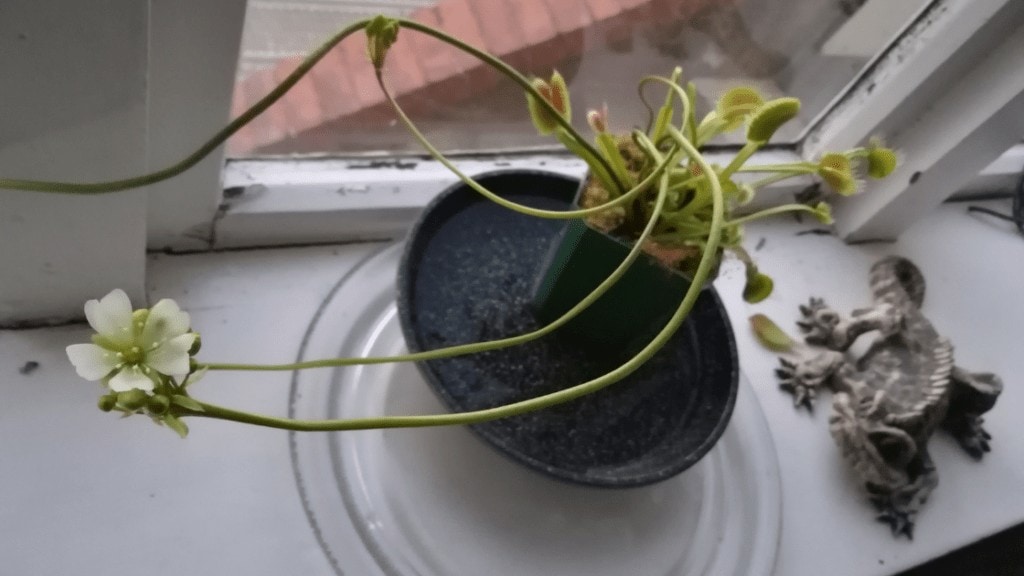
Dionaea flowers after its winter dormancy has passed.
Typically, a single flower stalk emerges – it grows very tall before the actual flowers develop. This is a survival mechanism and it prevents any insects from getting trapped before they can pollinate the flowers. The flowering stalks are very easy to notice, which makes it easy to pinch them off as soon as you notice them.
What Should You Do If The Plant Starts Blooming?
Letting the Venus flytrap bloom is not recommended and its best to pinch off the flower stalk as soon as you see it emerging.
If you let your flytrap flower, the blooming process will exhaust the plant and it may take it as long as a year to recover. When the plant is exhausted, its growth is poor and the traps more much more slowly.
For most people, it’s not practical to let a flytrap flower for the purpose of collecting seeds. That’s because plants grown from seed take a few years to fully develop. During the first year of seed growth, the traps of the plant will be tiny and will be around a quarter of an inch long at most. Germinating seeds is also a long process that involves cold stratification and a lot of patience.
Common Problems You May Encounter
The plant is not prone to diseases or problems, but because it lives for so long, it’s inevitable that you’ll encounter one at some point. Fortunately, most problems aren’t fatal and are easily corrected by recognizing them early enough.
Fungal pathogens
This is not a very common issue, but it may develop if the humidity is too high, as is the case in terrariums. There is no good solution, but reducing the humidity and removing most of the mold with a cotton swab soaked in diluted bleach usually takes care of the problem.
Insect Pathogens
Somewhat ironically, the Venus flytrap, just like all other plants may fall prey to tiny insects that feed on the juices of the plant. This usually happens with plants that are growing in sub-optimal conditions or are stressed by high temperatures.
Alphids and Fungus gnats are the most problematic and are both way too small for the plant to catch and feed on. Reducing the humidity and making sure that the peat medium is moist, but not overly wet can usually prevent those pests from thriving.
The infestation can be eliminated by submerging the whole uprooted plant in water for several days, suffocating the insects. This of course, is a high-risk procedure that should be performed with care. Using insecticides is always an option, but try not to spray them on the feeding lobes of the plant.
Blackening of the Base
Keep a close eye out for blackening on the base of the plant, from where the leaves emerge.
This is usually caused by a buildup of humic acids, which may eventually damage the plant. This is a problem that occurs because of too much bottom watering, causing the acids to move upwards and accumulate. A few flushes with distilled water from the top will quickly wash away those acids and prevent problems.
Final Thoughts
Venus flytraps can be surprisingly easy to care for, but if they are accidentally killed by unfavorable conditions, reviving them can take many months. Providing the plant with sufficient light, giving it winter rest and removing the flower stems as soon as they emerge are the most important steps in caring for Dionaea.
Occasional manual feeding is required, because the large insects on which the plant feeds on aren’t commonly found indoors. Propagating Dionaea by leaf pullings is relatively easy, but should be performed only on healthy plants during repotting.
